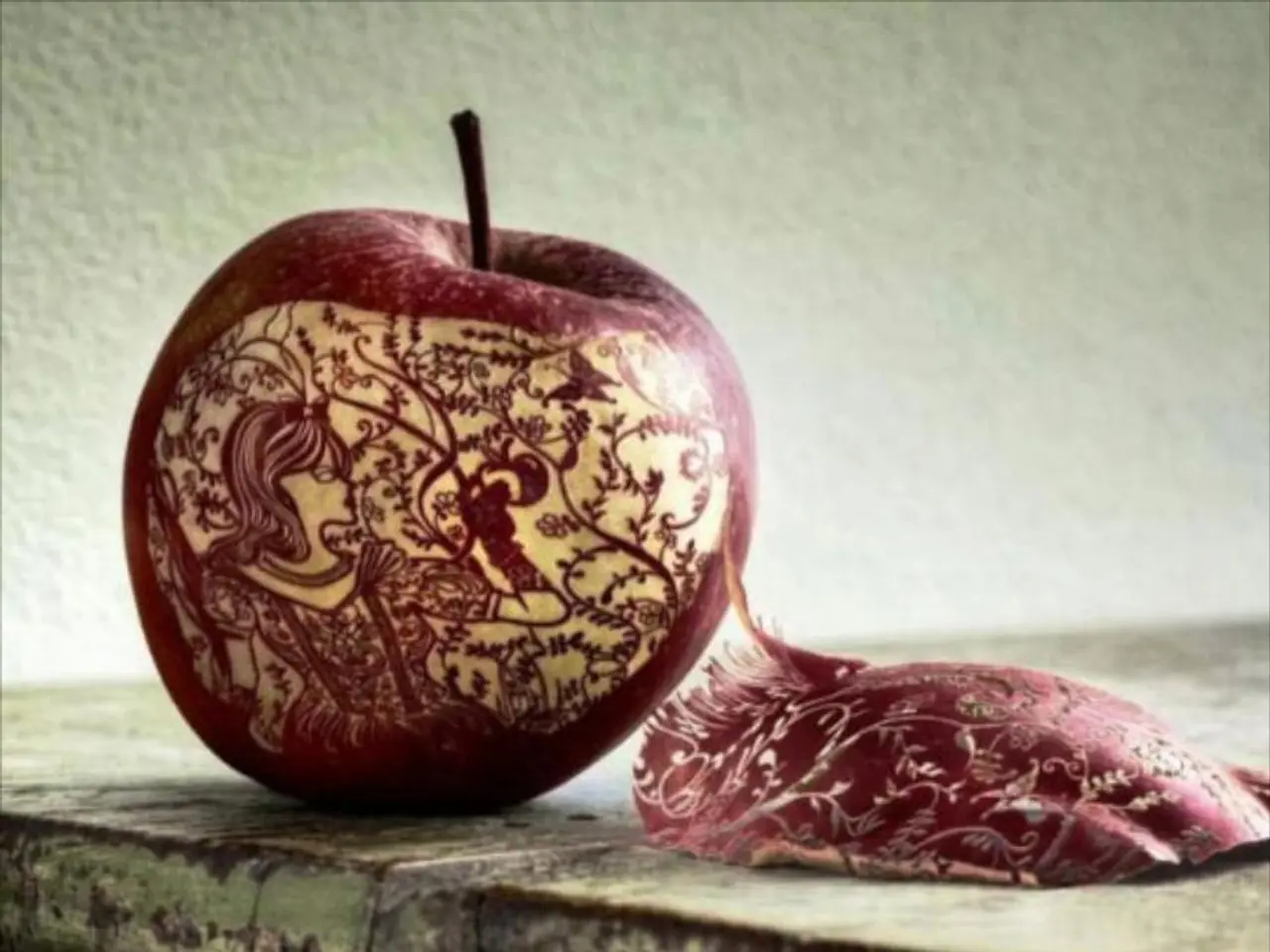User Experience: Let's Talk About Basic Good Sense
The history of User Experience (UX) is deeply rooted in the Industrial Revolution, a period that marked a shift from handcrafted products to mechanized mass production. This development necessitated a focus on enhancing user interaction with machines and products, paving the way for modern UX principles.
Key developments during the Industrial Revolution that impacted UX include the invention of machines like the spinning jenny and the establishment of factory systems. The spinning jenny, created by James Hargreaves, automated tasks in textile production, shifting work from manual craftsmanship to machine operation [1][4]. Factory systems, with their increased division of labor and specialization, demanded careful consideration of workers' interactions with machinery and work processes [2].
Henry Ford's introduction of the assembly line for car manufacturing is another notable example. By dramatically reducing production time and making cars more affordable, Ford demonstrated the power of UX-oriented innovation. The notable UX improvement was repositioning the steering wheel on the left side, aligning with users' previous experience in horse-drawn carriages, thereby smoothing the transition to automobiles [1].
Psychology played a significant role in this history, as the Industrial Revolution brought about psychological changes among workers. As they acquired new skills and developed confidence in using resources and mastering nature, there grew an awareness that designing for human needs, behaviors, and cognitive ease could improve productivity and product adoption [2].
The First Industrial Revolution, which spanned from the late 18th to early 19th century, focused on mechanization using steam and water power, affecting industries like textiles and iron [3][4]. This period started to highlight the importance of user-centric design implicitly, as products and machines needed to be usable by newly skilled machine operators instead of traditional craftsmen [1][2].
The science of ergonomics was born in the mid-19th century, and the formalization of UX as a discipline is a recent development, primarily occurring in the 2000s. The ability to develop better predictive instruments was a major benefit to the UX professional due to the development of psychology.
The importance of UX was first recognized during the Industrial Revolution, yet until the 2000s, the profession was not formally acknowledged in the working hierarchy. Major product failures, such as the Ford Edsel, demonstrated the importance of getting UX right. Investing time and energy into a UX education should lead to better user experiences and products in the future.
In conclusion, the Industrial Revolution marks a foundational phase in UX history, where technological innovations and factory systems necessitated incorporating human factors and psychological insights into product and process design. This set the stage for formal UX disciplines to emerge later, shaping the way we interact with technology today.
[1] Nielsen, J. (1999). Designing Web Usability: The Practice of Simplicity. New Riders. [2] Norman, D. A. (2002). Emotional Design: Why We Love (or Hate) Everyday Things. Basic Books. [3] McCloskey, D. N. (2008). The Industrial Revolution: A Very Short Introduction. Oxford University Press. [4] Ashton, T. (2009). The Economic Transformation of Britain: The Industrial Revolution 1760–1848. Palgrave Macmillan.
- The spinning jenny, a machine invented during the Industrial Revolution, marked a shift from manual craftsmanship to machine operation, showcasing an early example of UI design in technology.
- The formalization of UX as a discipline is a recent development, primarily occurring in the 2000s, but the importance of designing for human needs and cognitive ease was already recognized during the Industrial Revolution.




